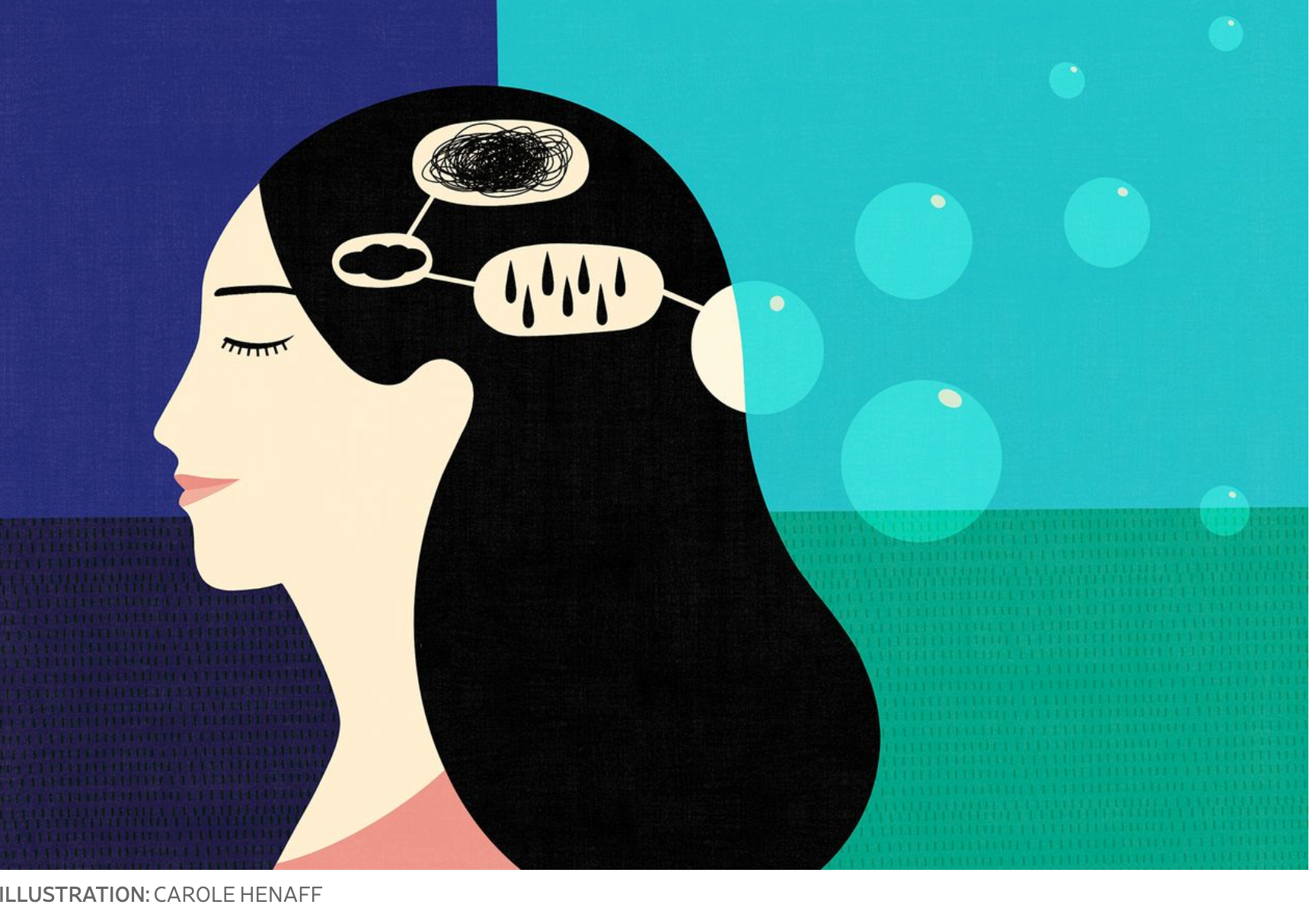This article isn’t very good. How Product Leaders can better understand and live with Imposter Syndrome (Part 1)
In 1978, graduate students Suzanne Imes and Pauline Rose Clance had feelings of just not being good enough and of being frauds despite their high level of achievements. They noticed many of their fellow female students had similar feelings.
After an extensive research project to understand why such intelligent, high-achieving women were feeling this way, they published a paper in which they coined the term “imposter phenomenon.”
In a recent National Public Radio (NPR) interview Imes, now a psychologist, explained that this type of self perception was called a phenomenon “because [it] is actually not a syndrome in the medical sense of the word." It isn’t a disorder that can be diagnosed. It’s a feeling.
While Clance and Imes’ initial focus was on women experiencing imposter phenomenon, research over the years has shown that imposterism reaches across race, social, gender and age groups. In fact, according to an article published in the Journal of Behavioral Science it’s estimated that 70% of people will experience imposter phenomenon at some point in their lives.
(Just let that statistic sit with you a second: 70% of people experience imposter phenomenon at some point. )
Not only do I identify with imposter phenomenon personally, but in working with leaders one-to-one or in team coaching, this type of negative self perception is something that I hear and see so often. There is rarely an interaction when I don’t hear something like:
“I’m a fraud, and someday everyone is going to figure it out.”
“I don’t know how I got this job, so I have to work harder and longer to show everyone that I’m good enough to be here.”
“If my work isn’t 100% right 100% of the time, I’ve failed..”
“I just don’t belong here. Everyone else is so smart.”
In fact, I’ve been surprised at the growing number of people who not only mention these feelings in coaching sessions, but automatically identify them as “imposter syndrome” (the term “imposter syndrome” has for some reason become more widely known and accepted, although “imposter phenomenon” remains the more accurate description.)
While there seems to be a lot of comfort in identifying as someone with imposter syndrome, I wanted to go a step further to actually understand where these limiting beliefs about our capabilities and strengths originate, and how we might build a life where it doesn’t cripple our actions or thoughts.
And that - if unchecked - is exactly what imposter phenomenon can do. It can hold us back from achieving the levels of personal and professional best that are within our capability and skills. Something that we need to be even more aware of in our shift to working remotely.
The relationship between working remotely and imposterism
With so many of us working remotely these days, these feeling can be even more intense. (Interestingly, Google Search data shows that global searches for the term “imposter syndrome” from March 2020 to today have nearly doubled and quadrupled from March 2019.)
It’s not surprising - we simply don’t have that human interaction to breakdown the stories we’ve created about how we’re doing at work, how people see and feel about us, how much progress we’ve made. The lack of socialisation can cause us to go further into our negative thoughts, creating what Ethan Kross, an experimental psychologist and neuroscientist who specialises in emotion regulation calls “chatter.” In a recent Wall St. Journal story, Kross described chatter as what happens when “we end up getting stuck and start spinning in negativity.”
Right now, we just don’t have the access to other people to help us break the cycles of chatter. Instead, we let the negative beliefs and self doubt fester and grow, many of us seeing the only solution as to actually double down on work to prove ourselves - often resulting in burnout.
With all of this in mind, there has never been a better time to go a level deeper, to not only better understand imposter phenomenon, but to also learn how to live with it; because -spoiler alert- there really is no cure.
In the second part of this series, I’ll focus on answering three fundamental questions:
What really is imposter phenomenon?
Where do these feelings and limiting beliefs come from?
How can we live our best lives with imposter phenomenon? (I’ll include practical tools that you can integrate into your daily routines.)
Part two is now available here - why not give it a read and sign up for my newsletter to receive future articles directly in your inbox.
Subscribe to Product Leadership Essentials
Sign-up to my email newsletter to learn more about how to better understand and build your authentic Product Leadership skills.


